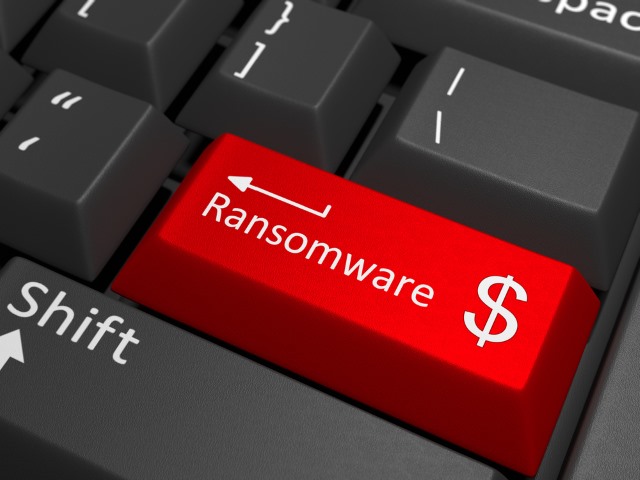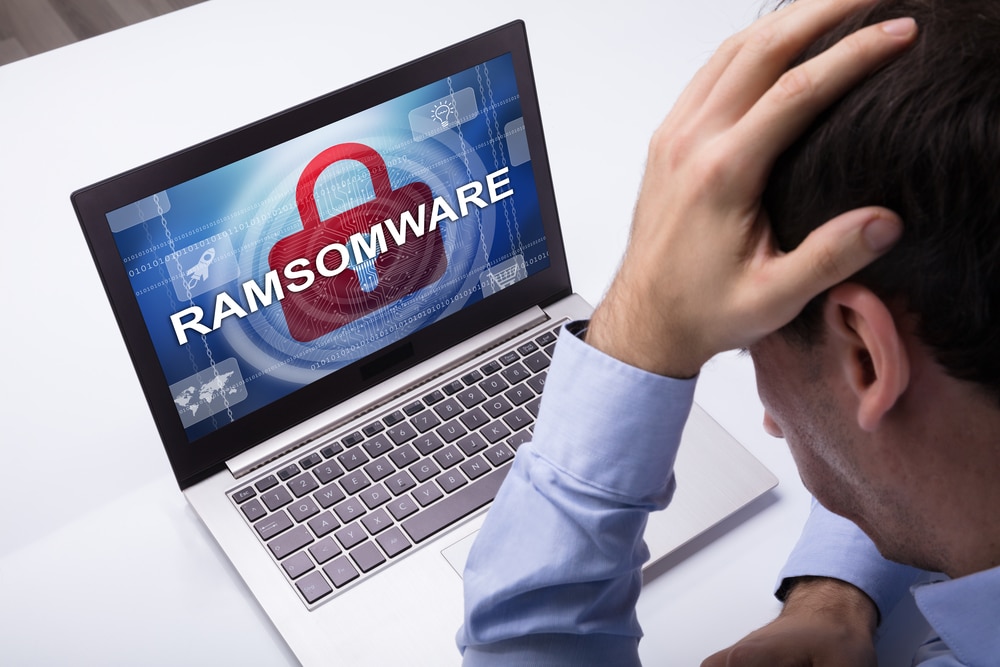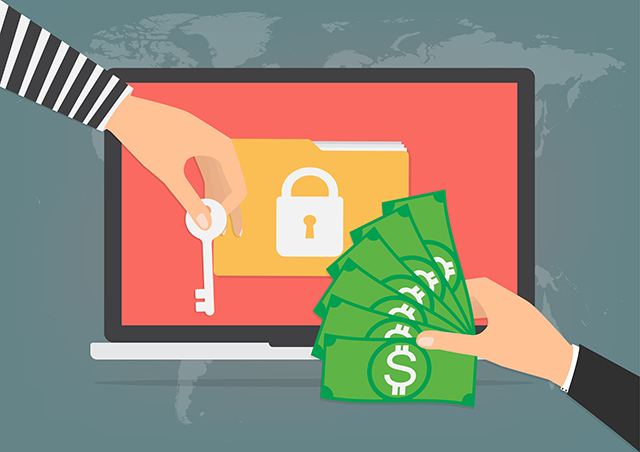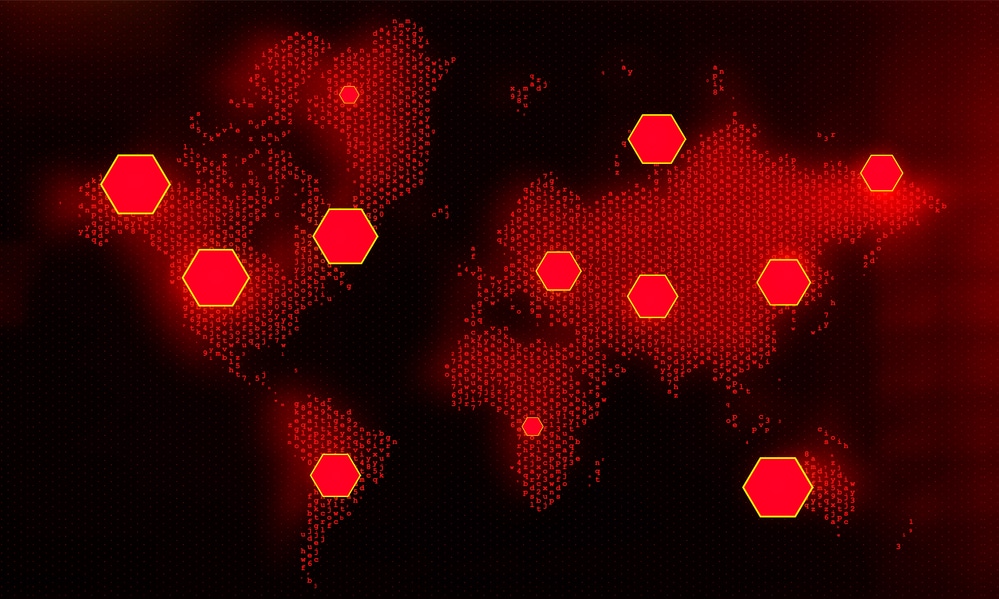
Why ransomware attacks steer clear of the cloud
Ransomware made news headlines worldwide earlier this month after a successful attack against one of Toyota Motor Corp.’s parts suppliers forced the automaker to shut down 14 factories in Japan for a day, halting their combined output of around 13,000 vehicles.
That attack was the latest example of the threat ransomware poses to all industries. The most recent edition of SonicWall’s annual threat report states that the volume of ransomware attacks in 2021 has risen 231.7 percent since 2019. And an advisory jointly issued by the Cybersecurity and Infrastructure Security Agency (CISA), the FBI, and the NSA reveals the latest trend is ransomware as a service -- gangs of bad actors essentially "franchising" their ransomware tools and techniques to less organized or less skilled hackers.

Ransomware can encrypt 100,000 files in under 45 minutes
New research from Splunk's SURGe team looks at how quickly ten major ransomware strains, including Lockbit, Revil and Blackmatter, can encrypt 100,000 files.
The research shows that the median ransomware variant can encrypt nearly 100,000 files totaling 53.93GB in 42 minutes and 52 seconds. Encryption speeds vary between ransomware variants though with individual ransomware samples ranging from four minutes to three and a half hours to encrypt the same data.

Web application attacks soar as attackers get more professional
The number of malicious web application requests grew 88 percent between 2020 and 2021, with broken access control and injection attacks making up over 75 percent of them.
The latest threat analysis report from Radware shows the most attacked industries were banking and finance, along with SaaS providers, together accounting for more than 28 percent of web application attacks.

Don't panic! Knowledge, skill and judgment are key to cybersecurity responses
Humans are often the weak link in the cybersecurity chain, but it's human capabilities that are also key to dealing with attacks and their aftermath, according to a new report from Immersive Labs.
The inaugural Cyber Workforce Benchmark report analyzed cyber knowledge, skills and judgment from over half a million exercises and simulations run by more than 2,100 organizations over the last 18 months.

Ransomware is top threat to financial services
The financial, operational, and reputational risks of ransomware make it the top threat facing financial services organizations, a new report from F-Secure says.
The three most common routes used to spread ransomware are phishing, exposed remote desktop protocol (RDP) ports, and the exploitation of vulnerable software.

Less than a quarter of directors see ransomware as a top priority
Only 23 percent of board of directors consider ransomware to be their top priority. Yet 59 percent of organizations have fallen victim to ransomware.
A new study from email security company Egress, independently conducted by Arlington Research, polled 500 IT leaders across the US and UK. It finds 52 percent of organizations allocate less than a quarter of their security budget to anti-phishing measures, yet 84 percent were hit by phishing and 42 percent had credentials stolen.

85 percent of organizations have suffered ransomware attacks
In the past five years 85 percent of organizations have suffered a ransomware incident, while 74 percent have had more than one.
A new report from ExtraHop based on a survey conducted by Wakefield Research shows that 77 percent of IT decision makers are very or completely confident in their company's ability to prevent or mitigate cybersecurity threats.

Ransomware is not enough -- 83 percent of attacks now feature other extortion tactics
Ransomware itself is bad enough, but 83 percent of successful ransomware attacks now include alternative extortion methods according to a survey by machine identity company Venafi.
Popular techniques include using the stolen data to extort customers (38 percent), exposing data on the dark web (35 percent), and informing customers that their data has been stolen (32 percent).

Ransomware impacts 80 percent of enterprises
A new survey reveals that 80 percent of companies have experienced a ransomware attack, despite spending an average of $6 million annually on ransomware mitigation.
The study, from cyber advisory and solutions firm CBI, based on research by the Ponemon Institute and co-sponsored by Check Point, finds Companies are spending $170,000 per ransomware incident on staffing alone, with an average of 14 staff members each spending 190 hours on containment and remediation activities.

40 percent of incoming emails are potential threats
New research from Hornetsecurity finds that 40 percent of all inbound emails pose a potential threat, including spam, phishing and advanced threats such as CEO fraud and any type of malware.
Phishing, malicious links, and ransomware are among the most popular attack tactics used by hackers with brand impersonation being especially popular.

Researchers use Hive ransomware's own encryption algorithm to find master decryption key
Security researchers have managed to use the encryption algorithm used by the Hive ransomware to determine the master key needed to decrypt files for free.
Ordinarily, victims of a Hive ransomware attack would have to pay up to receive their individual decryption key. But a team of researchers from the Department of Financial Information Security, at Korea's Kookmin University, have been able to calculate the master key. This has then been used in what is believed to be the "first successful attempt at decrypting Hive ransomware"

New adversaries add to already crowded threat landscape
The 2021 threat landscape has become more crowded as new adversaries emerge according to the 2022 Global Threat Report released today by CrowdStrike.
CrowdStrike Intelligence is now tracking more than 170 adversaries in total with 21 added last year. Financially motivated eCrime activity continues to dominate with intrusions attributed to eCrime accounting for 49 percent of all observed activity.

Linux-based systems targeted with ransomware and cryptojacking
Thanks to its use on many cloud servers, Linux is a core part of the digital infrastructure. It's not surprising therefore that it's increasingly being targeted by attacks.
A new report from the Threat Analysis Unit at VMware finds malware targeting Linux-based operating systems is increasing in both volume and complexity amid a rapidly changing threat landscape,

Phishing and stealers dominate dark web forums (but don't mention ransomware)
The malware types and hacking services most discussed over the last year on dark web forums are dominated by phishing, stealers, zero-day attacks, and ransomware.
But the 2021 Year-End Data Breach Report from Risk Based Security finds discussing ransomware has been widely banned on major forums as evidenced by referring to ransomware offerings as 'crypters' or 'lockers' to avoid the post or account getting immediately banned.

Ransomware attack puts the squeeze on KP's nuts
A cyberattack on UK-based food manufacturer KP Snacks could lead to shortages of some of the company's popular products including KP Nuts, Tyrrells Crisps and Hula Hoops.
There are as yet unconfirmed reports that the company's factory at Billingham on Teesside has stopped production and most of its 900 staff have been temporarily stood down.
